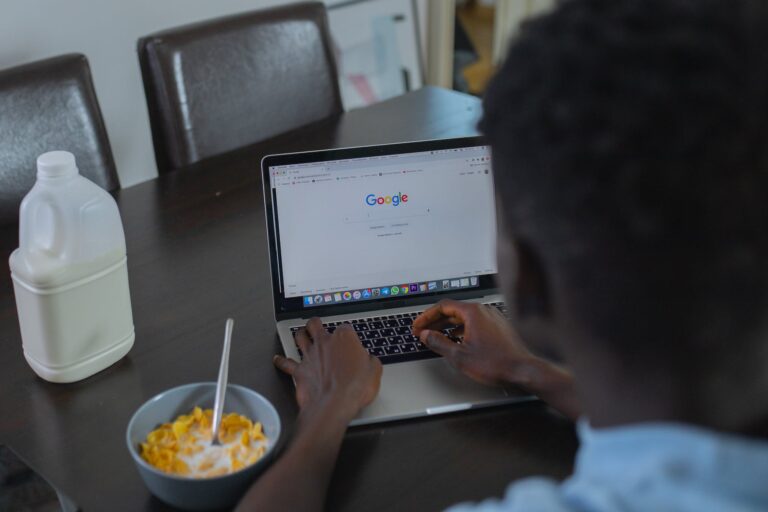This text comes from my new book: The Book on Digital Marketing for Assisted Living Facilities. You can get the book here.
In this section, we want to take a few minutes to demystify the search engines and break down the anatomy of the Search Engine Results Page. By understanding how each component works, you can formulate a strategy to maximize your results.
There are three core components of the Search Engines Results page:
- Paid/PPC Listings
- Map Listings
- Organic Listings
- Paid/PPC Listings – In the paid section of the search engines you can select keywords that are relevant to Assisted Living, and then pay to be listed amongst the search results. The reason it is referred to as PPC or Pay-Per-Click1 is that rather than paying a flat monthly or daily fee for placement, you simply pay each time someone clicks on the link.
- Map Listings – The map listings have become very important because they are the first thing that comes up in search results for most locally based searches. If someone searches for some particular service in your area, chances are the map listings will be the first thing they look at. Unlike the paid section of the search engine, you can’t buy your way into the Map Listings. You must earn it. Once you do, there is no per-click cost associated with being in this section of the search engine.
- Organic Listings – The organic/natural section of the Search Engine Results page appears directly beneath the Map Listings in many local searches but appears directly beneath the Paid Listings in the absence of the Map Listings (the Map Section only shows up in specific local searches). Similar to the Map Listings, you can’t pay your way into this section of the search engines and there is no per-click cost associated with it.
Now that you understand the three major components of the Search Engine Results and the differences between Paid Listings, Map Listings, and Organic Listings you might wonder… “What section is the most important?”
This is a question that we receive from a large number of businesses every day.
The fact is all three components are important, and each should have a place in your online marketing program because you want to show up as often as possible when someone is searching for your service offerings in your area.
Return On Investment
With that said, assuming you are operating on a limited budget and need to make each marketing dollar count, you need to focus your investment on the sections that are going to drive the strongest Return On Investment(ROI).
Research indicates that the vast majority of the population looks directly at the Organic and Map Listings when conducting a search, and their eyes simply glance over the Paid Listings (as illustrated by the images below).
So, if you are operating on a limited budget and need to get the best bang for your buck, start by focusing your efforts on the area which gets the most clicks at the lowest cost. We have found placement in the Organic and Map section on the Search Engines drive a SIGNIFICANTLY higher Return On Investment than Pay-Per-Click Marketing.
However, ranking organically in the Map section or on page one of the organic results can take some time. I like to tell clients they should expect three months on the low end and up to 10 months on the high end. In an industry like Senior Housing, the competition in your area could be really high in highly populated areas and a little less competitive in lower population areas.
We advise clients to immediately start working on organic SEO, and start a lower budget PPC campaign to get some early wins.
In the next chapter, we will start to look at Search Engine Optimization and how to optimize your website to rank in the organic listings (non-paid) for the most important keywords in your field.
How Do Search Engines Work?
It is also important to understand how search engines work. This includes the process of crawling and indexing, plus the concept of page rank as well.
Search engines work by crawling billions of web pages using their own web crawlers or web spiders. These web crawlers are also known as Search engine bots.
Understanding Search Engine Index
Once a webpage is discovered by a search engine, they are added into a search engine data structure which is called index. Search engine index includes all the crawled web URLs along with several important key elements about the content of each web URL such as:
- The keywords
- Type of content
- Uniqueness of the page
- User engagement with the page
Understanding Search Engine Algorithm
Search engine algorithm aims to display a relevant set of high-quality search results that will fulfill the user’s search query as quickly as possible.
What Happens When a Search Query is Entered?
When a search query is entered into the search engine by a potential user, the search engine tries to identify all the pages which are deemed relevant.
During this process, the search engine uses a special algorithm to hierarchically rank the most relevant pages into a set of results. The algorithm which is used to rank the most relevant web pages differs for each search engine.
For example, a web page that ranks on the top for a search query in Google may not rank highly for the same query in Bing.
Mentioned below are a few elements search engines use to return the results.
- Search query
- Location
- Language detected
- Previous search history
- Device from which the search query was entered







